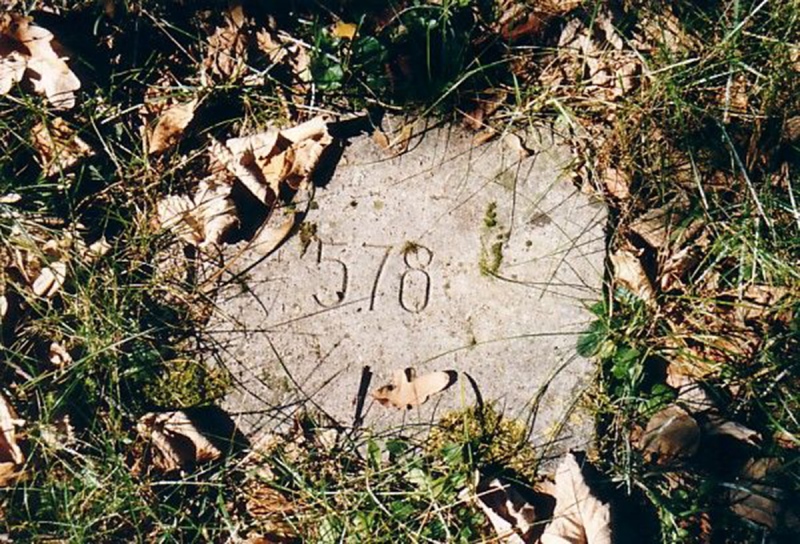Anyone who knows me knows of my obsession with the village of my birth. I’ve talked about it here and here. I’ve been photographing and researching it for at least a decade. A couple of months ago a friend invited me to take part in an art exhibition at a New York City university, with a loose theme around apparitions in the landscape. My central thesis is that the 20th Century is buried just outside the perimeter of that little village, and there are traces everywhere, for those who care to look.
So I said yes, reluctantly.
First of all, I don’t really like my own pictures. Never have, even though I’ve had a bunch of shows. In fact I can barely even look at them.
Secondly, I didn’t just want to show pictures without context. I wanted there to be enough fragmentary evidence for people to begin to do their own excavations. Even publish a little book to accompany the show. Which means, doing a lot more research, fast.
Which is what I have been doing over the last few weeks. Which has become obsessive and painful.
I’ve managed to pull together more information from the village archives, from a distance. I’ve also found, for the first time, people who passionately care about what happened 70 years ago. I’ve been handed the information on the forced laborers who are buried beneath the 665 numbered grave markers. Names, birth and death dates, names of parents, villages of birth.
And that information just breaks my heart. It’s teenagers and young men and women from the Ukraine and Russia. And many of the young people from Ukraine were likely orphans, survivors of the Holomodor – that terrible genocide by famine. They were double victims of the vortex of evil created by Stalin and Hitler. So young. Dying of tuberculosis, mostly. At the rate of one or two a day. In that beautiful countryside.
I asked the question to my informant how the mayor of the town must have felt signing one or two death certificates a day, for boys and girls, for babies, for young men and women. When normally he’d sign one or two a month, for old people.
She surprised me with her answer. She noticed he would always note not only the day but the hour and minute of their death on their death certificates. There was no pattern to the numbers, so they were likely real, not made up. It could have been a Nazi bureaucrat doing his diligent best to do his paperwork. Or it could have been a human being, doing one small thing to honor the humanity of another being, recording the exact time of their death as if it really mattered.






















